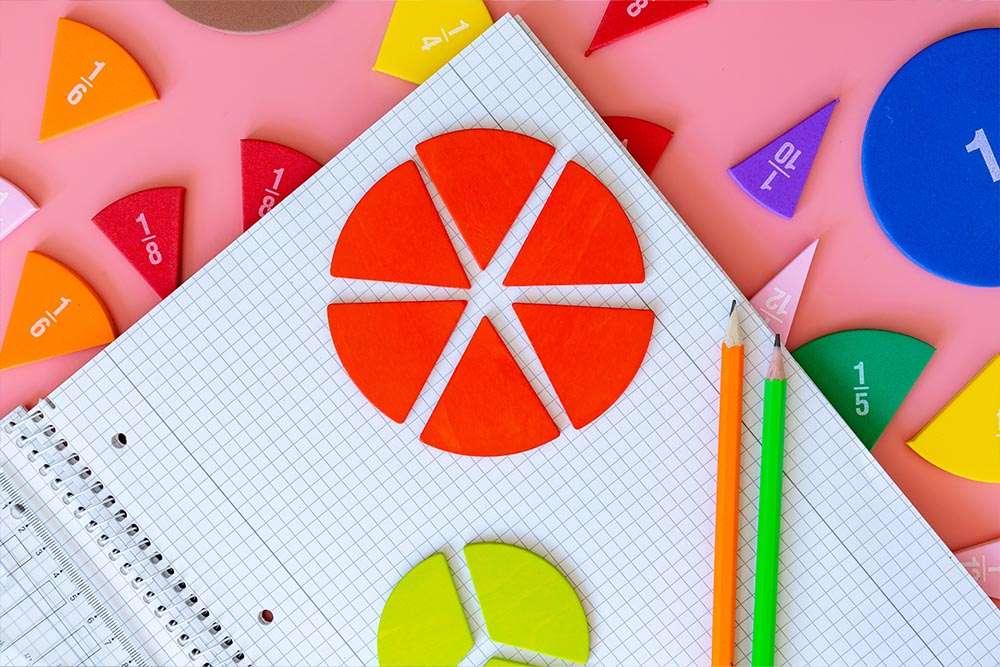Unlocking Learning: Exploring the Psychology Behind Gamification in Education
In recent years, gamification in education has emerged as a powerful strategy for transforming conventional learning environments. By integrating game-like elements into educational settings, teachers and instructional designers are unlocking new levels of student engagement and motivation. But what’s the science behind this phenomenon? In this complete guide, we delve into the psychology behind gamification in education, explore its profound benefits, examine real-world examples, and provide practical tips for successful implementation.
Understanding Gamification in Education
Gamification involves incorporating principles and elements typically found in games—such as points, badges, leaderboards, and challenges—into non-game contexts. In the educational sphere, this means applying these motivational techniques to curricula, assessments, and classroom management to foster better learning experiences.
- Points & Badges: reward systems that acknowledge achievements and progress.
- Leaderboards: Rankings that stimulate healthy competition and drive engagement.
- levels & Challenges: Tiered objectives that provide clear goals and a sense of progression.
These game-based mechanisms are more than just fun—they tap into deep-seated psychological drivers that affect how students think, feel, and learn.
The Psychology Behind Gamification in Education
To understand the true power of gamification, it’s essential to explore the psychological theories that support its effectiveness in education:
1.Motivation Theories
Gamification leverages both intrinsic and extrinsic motivation. Game elements like badges and points serve as extrinsic rewards, while the enjoyment and challenge of the learning process enhance intrinsic motivation.
- Self-Determination Theory (SDT): According to SDT, people are motivated when their needs for autonomy, competence, and relatedness are met.Gamified learning environments let students make choices (autonomy), master tasks (competence), and collaborate or compete (relatedness).
- Flow Theory: Introduced by psychologist Mihaly Csikszentmihalyi, “flow” is the mental state of being fully immersed in an activity. Games are designed to create flow, and by extension, gamified education can help students become absorbed in learning.
- Operant Conditioning: Reward structures in gamification reinforce positive learning behaviors through immediate feedback (points, badges) and encourage repeated engagement.
2. engagement and Ownership
Game mechanics foster active participation. When students have ownership over their progress—such as choosing challenges or unlocking bonus content—they become more empowered and invested in learning outcomes.
3. Social Influence
Leaderboards, peer comparison, and collaborative quests draw upon social psychology, motivating students through connection and healthy competition. Social features in gamified environments can boost engagement through teamwork and recognition.
Benefits of Gamification in the Classroom
Incorporating gamification into the classroom yields a multitude of advantages for both students and educators. Here’s how implementing gamified learning experiences can make a measurable difference:
- Enhanced Motivation: Game rewards and challenges encourage students to persist and take on new, more challenging tasks.
- Increased Engagement: Interactive and immersive elements reduce passive learning, leading to higher concentration and participation.
- Personalized Learning: Gamification enables adaptive instruction—students can advance at their own pace and receive tailored feedback.
- Knowledge Retention: Game-based repetition and feedback loops help reinforce new concepts and skills.
- collaboration & Interaction: Team quests and social features promote cooperative learning and peer support.
- Safe Space for Failure: Games often allow multiple attempts, teaching students resilience and the value of learning from mistakes.
Real-World Case Studies: Gamification in Action
To further demonstrate the real impact, let’s explore a few case studies of gamification in education:
Classcraft: Adventure-Based Classroom Engagement
Classcraft transforms educational activities into an RPG (role-playing game), where students earn points for positive behaviors, complete quests related to curricular objectives, and collaborate to achieve team goals. Schools report increased classroom participation and a positive shift in class culture.
Duolingo: Gamifying Language Learning
Duolingo uses streaks, XP points, and achievements to motivate language learners. This approach has not only made language learning more accessible but also significantly improved daily practise rates due to engaging, game-like features.
Kahoot!: Interactive quizzes and Formative Assessment
Kahoot! brings gamification to formative assessment through fast-paced quizzes, leaderboards, and rewards. Teachers find increased student enthusiasm and active participation, which translates to better understanding of material.
First-Hand Experience: Voices from the Classroom
“Gamification completely changed the way my students interact with lessons. They’re not just memorizing facts—they’re problem-solving, collaborating, and, most importantly, having fun while learning.”
— Lisa Chan, Middle School Science Teacher
“With tools like Kahoot! and Classcraft, attendance and engagement in my classroom surged. My students look forward to quizzes and pleasant challenges that reinforce what they’ve learned.”
— Mark Peters, High School English Teacher
Practical Tips for Successful Gamification in Education
Ready to implement gamification in your classroom or online course? Consider the following best practices to maximize impact:
- Start Simple: Introduce basic elements like badges for milestones or points for participation before scaling up with leaderboards and complex quests.
- Align With Learning Objectives: Ensure game mechanics reinforce,not distract from,curriculum goals.
- Encourage Collaboration: Use group challenges and shared rewards to foster teamwork and peer learning.
- Provide Meaningful Feedback: Immediate, constructive feedback amplifies learning and keeps students on track.
- Promote Autonomy: Offer students choices in their tasks or learning paths to boost motivation.
- Monitor Progress and Adjust: Use analytics and student feedback to refine your gamified strategies.
Potential Challenges and Considerations
While gamification offers many benefits, it’s important to approach it thoughtfully. Overemphasis on competition can discourage some students,and poorly designed game mechanics may distract from core learning. Striking the right balance and personalizing approaches to your unique learner cohort is essential for success.
Conclusion: The future of Gamified Learning
The evidence is clear—gamification in education is more than just a trend; it’s a research-backed approach that leverages essential aspects of human psychology to unleash students’ full learning potential.By understanding the science behind motivation, engagement, and behavior, educators can foster deeper, more meaningful learning experiences.
As educational tools and technologies continue to evolve, the possibilities for unlocking learning through gamification are virtually limitless. Whether you’re an educator, instructional designer, or school administrator, embracing gamified strategies can transform your classroom and ignite lifelong curiosity in learners of all ages.

